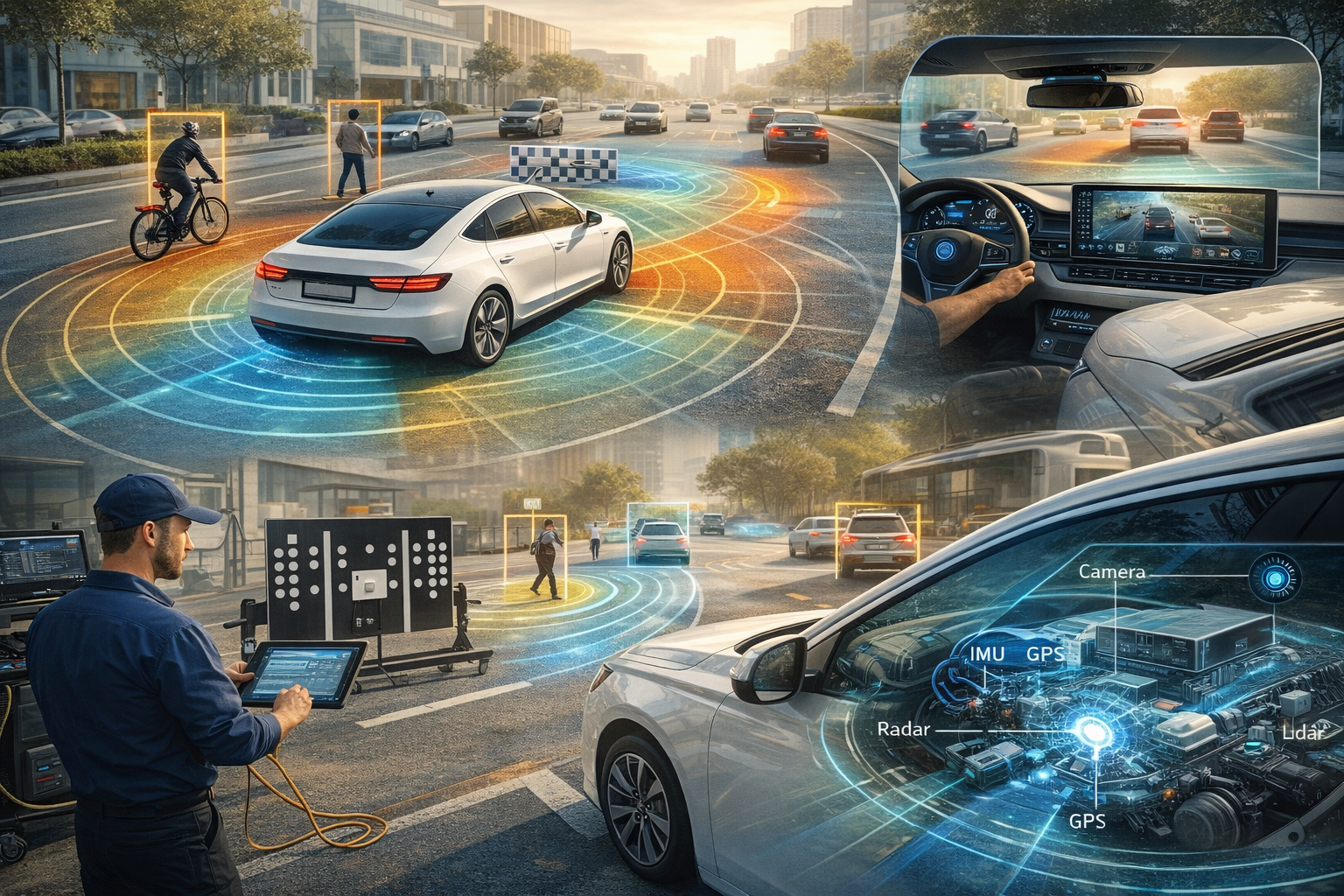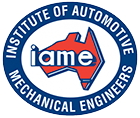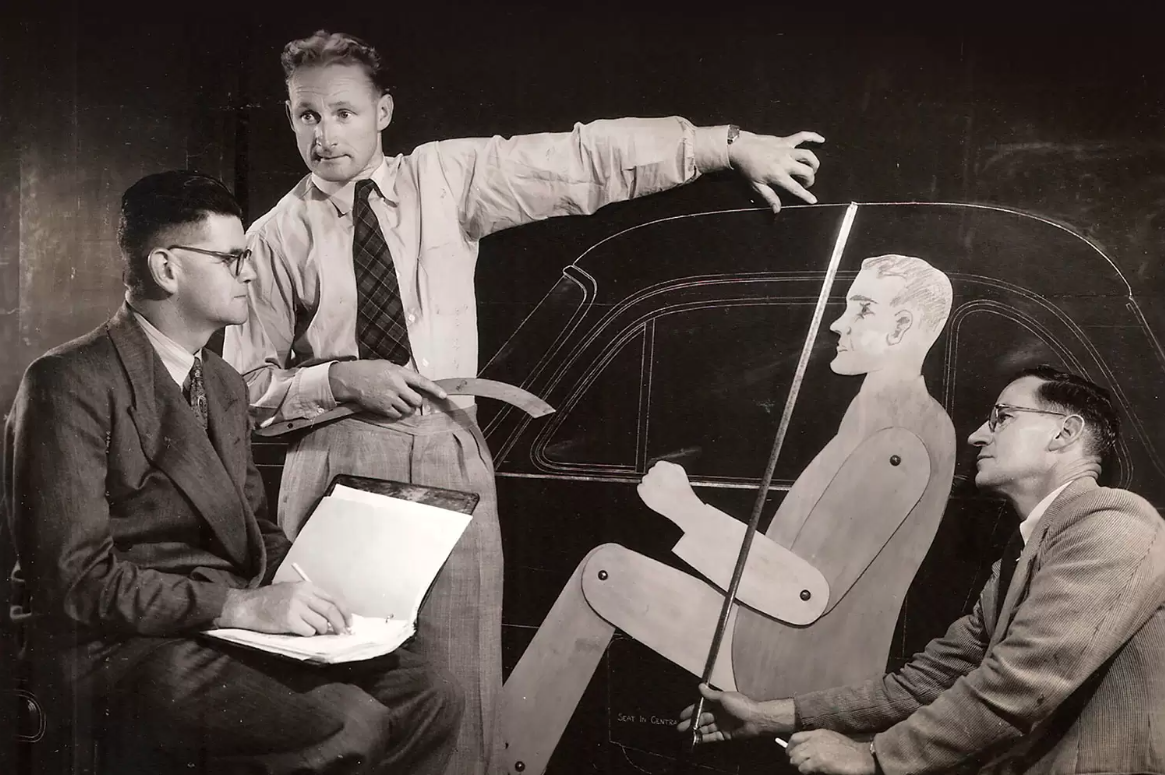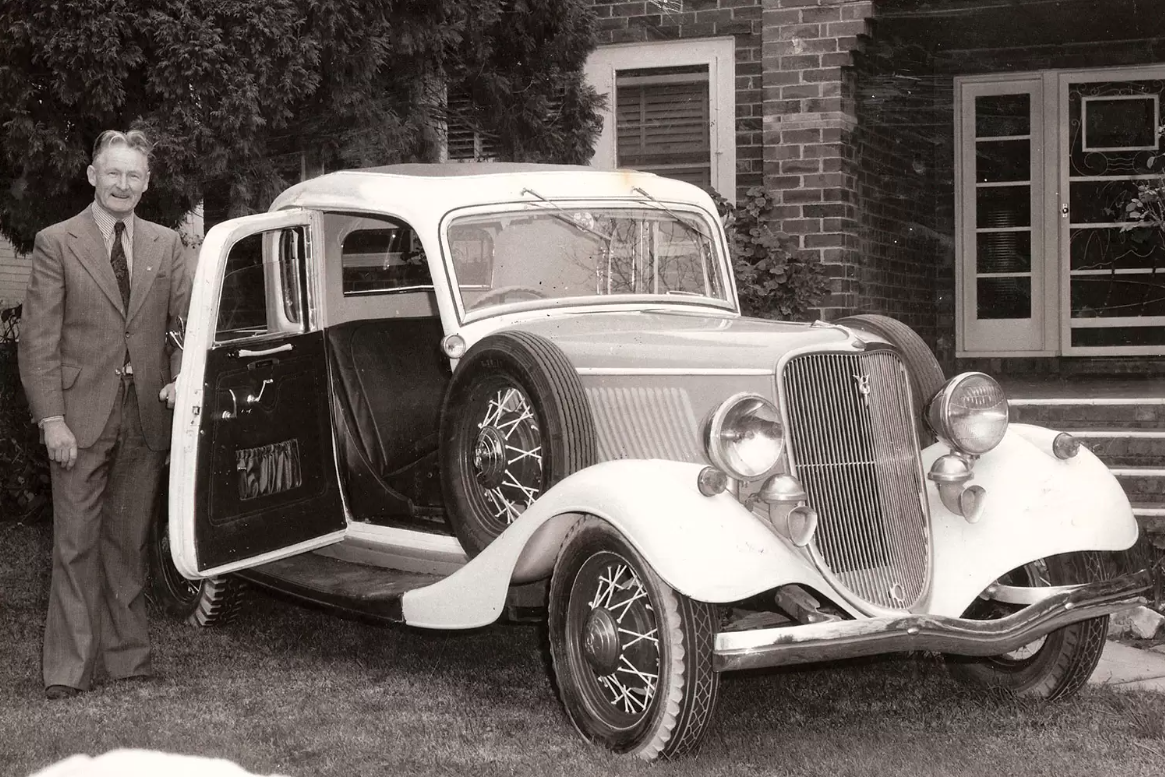The Australian Innovation: The Birth of the Ute
In the automotive world, few vehicles hold the cultural significance and practical utility of the ute. Originating from the vast and rugged landscapes of Australia, the ute stands as a testament to ingenuity and innovation, embodying the spirit of a nation known for its resourcefulness and adaptability. The story of the Australian invention of the ute is a fascinating tale that not only shaped the automotive industry but also left an indelible mark on Australian culture.
The Need for a Utility Vehicle
In the early 1930s, Australia was undergoing significant economic and social changes, with rural communities relying heavily on transportation for their livelihoods. Traditional cars were often ill-equipped to handle the rough terrain and demanding workloads required in agricultural and rural settings. Farmers and tradespeople needed a vehicle that could carry loads of goods during the week and transport the family to church on Sundays—a vehicle that was both practical and versatile.
The Birth of the "Ute"
Enter Lewis Brandt, a farmer's wife from Victoria, Australia, who penned a letter to Ford Australia in 1932, outlining her husband's idea for a vehicle that combined the features of a car with the functionality of a truck. Inspired by the need for a versatile workhorse, Brandt's concept resonated with Ford engineer, Lew Bandt. Bandt took Brandt's idea and transformed it into reality, designing a vehicle that would revolutionize the automotive landscape—the utility coupe, or "ute" for short.
Innovation in Design
The design of the original ute was a stroke of brilliance, blending the sleek lines of a coupe with the practicality of a pickup truck. Bandt utilized the chassis and drivetrain of the Ford Model 40 passenger car, while extending the rear cargo area to accommodate bulky loads. The result was a vehicle that offered the comfort and handling of a car, combined with the hauling capacity of a truck—a true multipurpose vehicle that could effortlessly transition between work and leisure.
Cultural Impact
The introduction of the ute had a profound impact on Australian culture, becoming an iconic symbol of rural life and resilience. The versatility and ruggedness of the ute made it a favorite among farmers, tradespeople, and outdoor enthusiasts alike, cementing its place as an essential tool for everyday life. The ute's association with the Australian way of life is celebrated annually in events such as the Deni Ute Muster, where thousands gather to pay homage to this beloved vehicle.
Legacy and Evolution
Over the decades, the ute has evolved from its humble beginnings into a diverse range of vehicles, encompassing everything from compact pickups to high-performance sports utilities. While its design has undergone numerous iterations, the core principles of versatility, functionality, and adaptability remain unchanged. Today, the Australian invention of the ute continues to influence automotive design and engineering worldwide, serving as a timeless reminder of the power of innovation and the enduring legacy of a nation's ingenuity.
The story of the Australian invention of the ute is more than just a footnote in automotive history—it is a testament to the pioneering spirit and entrepreneurial drive that defines the Australian identity. From its inception as a simple yet ingenious solution to a pressing need, the ute has grown to become a cultural icon beloved by generations. As we look to the future, the legacy of the ute serves as a reminder that innovation knows no bounds, and with determination and creativity, anything is possible.










